Topics - e-Bulletin
University of Electro-Communications publishes September 2016 issue of e-Bulletin.
The September 2016 issue of the UEC e-Bulletin includes a Feature article on 'innovative near infrared bioluminescent probes for deep tissue medical imaging' by Shojiro Maki; Topics on 'designing high performance network communications' by Eiji Oki' and 'design and analysis of information and stochastic systems' by Tsutomu Kawabata.
Research highlights from high impact publications are 'Quantum computing and trapping single atoms in a uniform fashion', Ken'ichi Nakagawa; 'Physiology and cell pH regulation revealed', Yutaka Kano; 'Neurology with a closer look at walking control,' Tetsuro Funato; and 'Space physics confirming the structure and shape of polar cap patches', Keisuke Hosokawa.
News and Events updates are 'Oscar H. Ibarra, an eminent academic from UC Santa Barbara, visits UEC', and a 'seminar by Dorota Gryko from the Institute of Organic Chemistry Polish Academy of Sciences at UEC'.
Finally, this issue's 'Letter from Alumni' is from Ihsen Aziz Ouedraogo, Social ICT Business Division, ICT Policy and Strategy Research Group, Mitsubishi Research Institute, Inc.
Feature
Medical optical imaging: Innovative near infrared bioluminescent probes for deep tissue imaging
http://www.ru.uec.ac.jp/e-bulletin/feature/2016/medical-optical-imaging.html
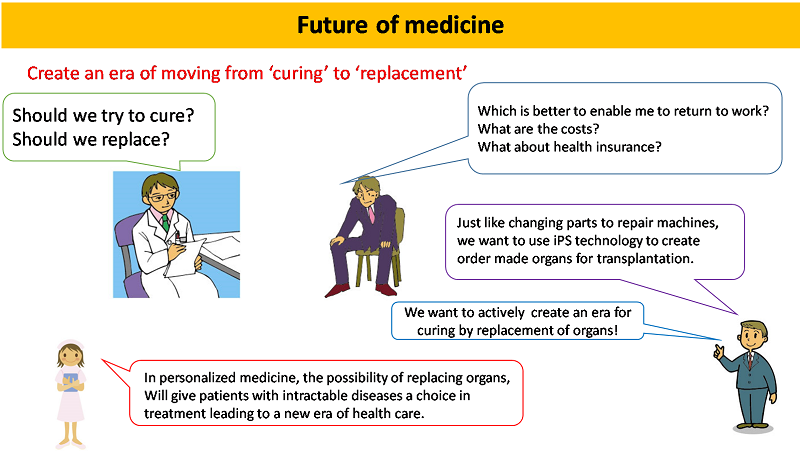
Advances in medical research have changed society through the ages. For example, the discovery and mass production of antibiotics revolutionized the treatment of tuberculosis and other diseases so-called incurable diseases. But what does the future hold in medical research and technology? Scientific reports indicate that advances in iPS research and related regenerative medicine will change our approach to treatment of intractable diseases such as ALS, and other global challenges including cancer, Ebola, SARS, and infectious diseases such as avian influenza.
Research Highlights
Quantum computing: Trapping single atoms in a uniform fashion
http://www.ru.uec.ac.jp/e-bulletin/research-highlights/2016/quantum-computing.html
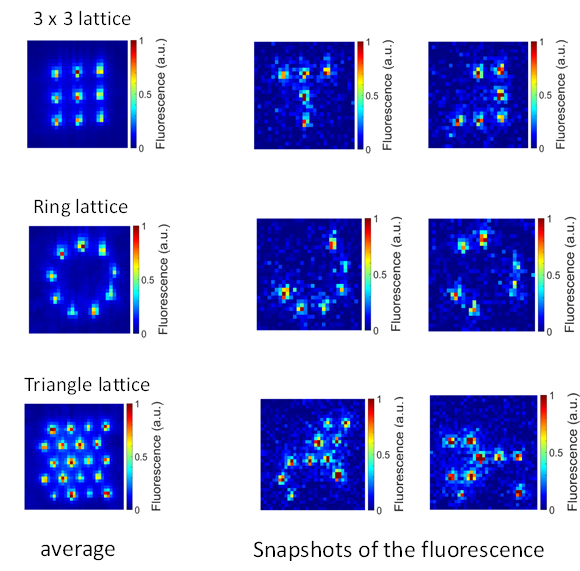
Single neutral atoms trapped individually in optical microtraps are incredibly useful tools for studying quantum physics, as the atoms then exist in complete isolation from the environment. Arrays of optical microtraps containing single atoms could enable quantum logic devices, quantum information processing, and quantum simulation.
Physiology: Cell pH regulation revealed
http://www.ru.uec.ac.jp/e-bulletin/research-highlights/2016/physiology.html
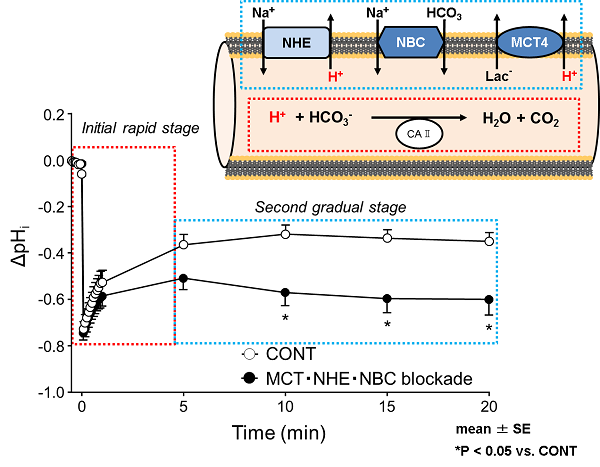
Most physiological processes are pH-sensitive, and pH within individual cells in skeletal muscles (pHi) must be carefully regulated to maintain normal cellular functioning. During intensive exercise, and also in certain diseases, levels of a cationic form of hydrogen (H+) rise rapidly within cells, causing pHi levels to plummet and become more acidic. There are three membrane transporters known to be involved in regulating pHi, but their precise individual roles are unclear.
Neurology: A closer look at walking control
http://www.ru.uec.ac.jp/e-bulletin/research-highlights/2016/neurology.html
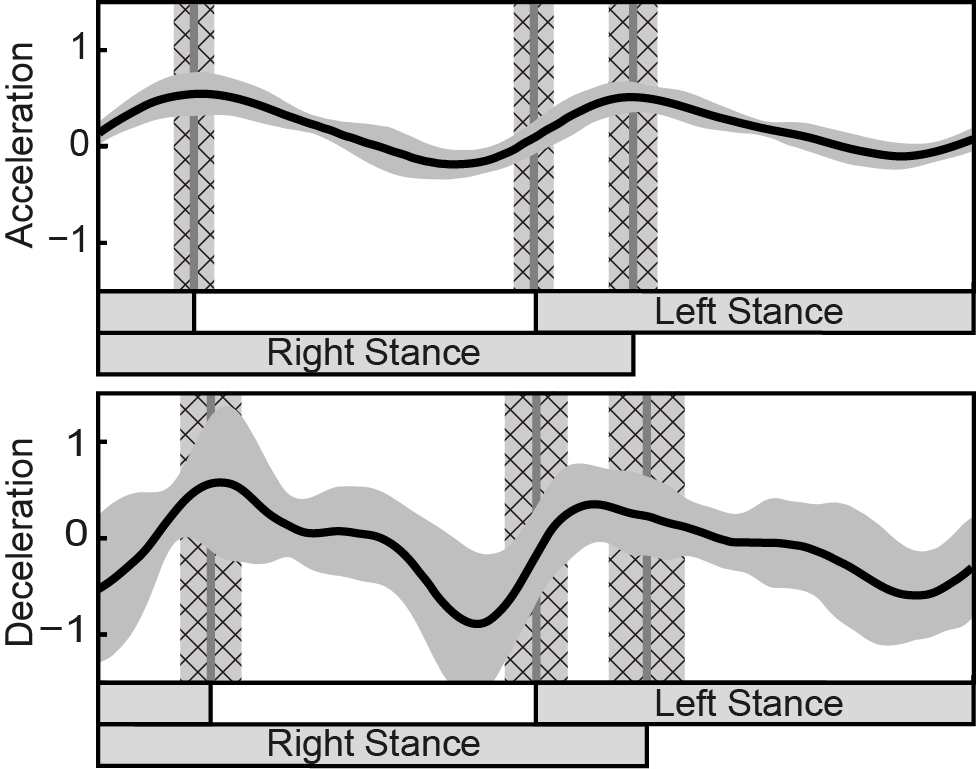
Humans and animals tune their walking rhythms in response to their environment. If walking is disturbed in some way, the brain's neurons respond by altering the walking rhythm to maintain stability. Studying the physiological and neurological processes behind rhythm control can help scientists understand how we walk steadily and may inform future treatments for those with walking difficulties.
Space physics: Confirming the structure and shape of polar cap patches
http://www.ru.uec.ac.jp/e-bulletin/research-highlights/2016/space-physics.html
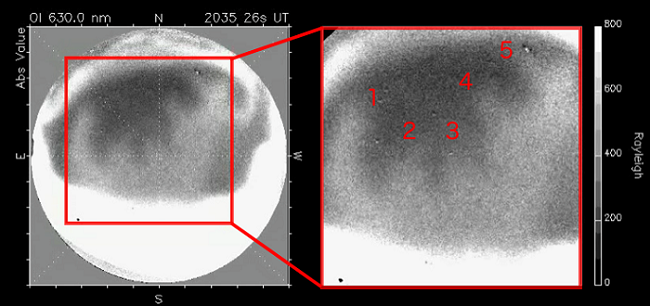
Large-scale patches of enhanced electron density (plasma) are often found in the polar ionosphere - about 80 to 1000 kilometers above the Earth's surface. These 'polar cap patches' can last for hours, cover huge areas and travel quickly, and their presence can disrupt satellite communication links.
Topics
Designing high performance network communications
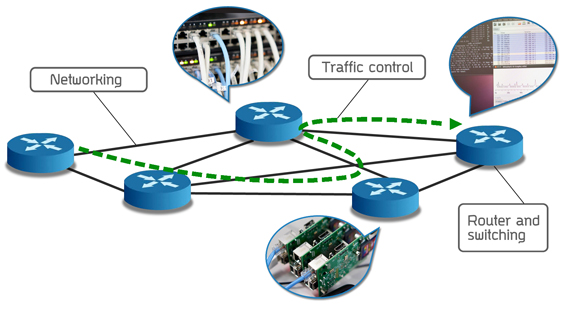
"Research in my group covers optical and IP networks, and other such communications system technology for applications such as large bandwidth high definition television," says Eiji Oki. "Our ultimate aim is to devise cost-effective, high speed, and high quality networking technologies."
Design and analysis of information and stochastic systems
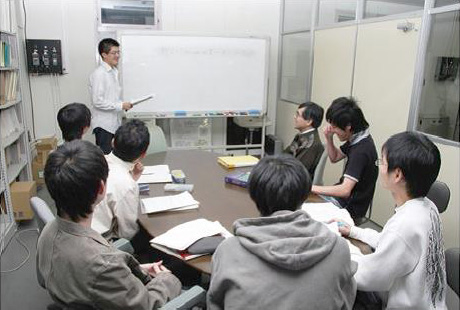
"My research activities are dedicated to information theory in order to establish a mathematical basis for digital communications with priority on engineering feasibility of related technologies," says Tsutomu Kawabata. "The applications of this research is not restricted to electrical engineering but include the so-called BLAST method used for the search of DNA bases in the Human Genome Project in the 1990s."
Letter from Alumni
http://www.ru.uec.ac.jp/e-bulletin/topics/2016/letter-from-alumni-11.html
Ihsen Aziz Ouedraogo
Social ICT Business Division, ICT Policy and Strategy Research Group, Mitsubishi Research Institute, Inc.
News and Events
Oscar H. Ibarra, an eminent academic from UC Santa Barbara, visits UEC, Tokyo
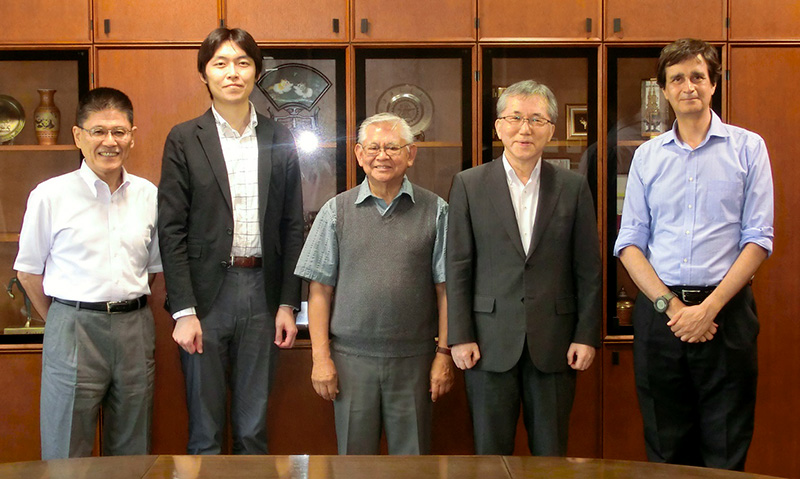
Oscar H. Ibarra is Professor Emeritus and Research Professor at the Department of Computer, University of California-Santa Barbara, USA. Professor Ibarra met Professors Wataru Mitsuhashi (Member of the Board of Directors (Research Strategy)) and Kazushi Nakano (Member of the Board of Directors (Education Strategy)) to share his insights on establishing international collaborations programs with universities in the USA.
Dorota Gryko from the Institute of Organic Chemistry Polish Academy of Sciences, gives a seminar at UEC, Tokyo.
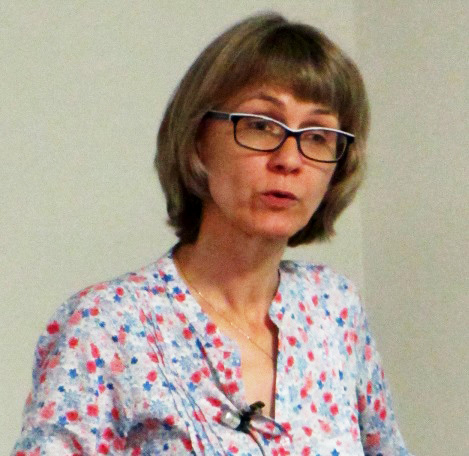
Professor Dorota Gryko gave a seminar at UEC, Tokyo, entitled, "Porphyrins as photocatalysts for visible-light induced selective functionalizations of aldehydes", hosted by Masumi Taki, Associate Professor at the Department of Engineering Science.

